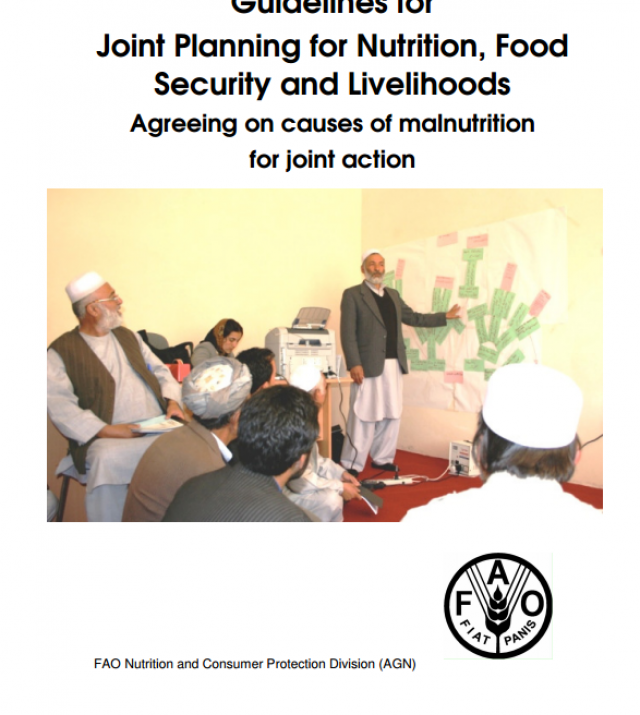
Summary Report and Policy Brief from the Food Assistance for Nutrition Evidence Summit

In 2018, over 800 million people were facing chronic hunger and an estimated 76 million people in 45 countries required emergency food assistance. 1,2 Although these numbers seem stark, the humanitarian community responded quickly and effectively to prevent countless deaths. Not content with simply filling bellies, the US and its partners has moved to resolve the massive threat to life posed by malnutrition. Great strides have been made in recent years in tailoring food assistance, through in-kind food aid, cash, vouchers, or local/regional purchase, to address nutrition concerns so that vulnerable children and mothers become more resilient to future shocks. 3 Yet more must be done. Many innovations have been tried in the field, but sharing experiences to define global best practice has been slow.
To address a growing call for evidence-based policies and programming, an Evidence Summit was organized on Food Assistance for Nutrition, in Washington D.C. during June 2018. Hosted by the Food Aid Quality Review project and USAID’s Office of Food for Peace (FFP) this learning-dissemination event brought together experts and practitioners from around the world. Their goal was to share and discuss recent purpose-driven research and industry innovations with a view to more effectively respond to the world’s food aid needs, and lead to resilient communities. Everything from designing and packaging food aid products to delivering them to beneficiaries must be data-driven and based on evolving evidence of what works, with additional focus on what can be improved. Food assistance goes far beyond the products themselves, to rigorous evidence-based practice in operations, programming and policy making.

